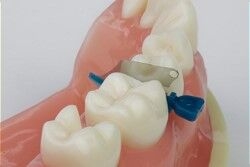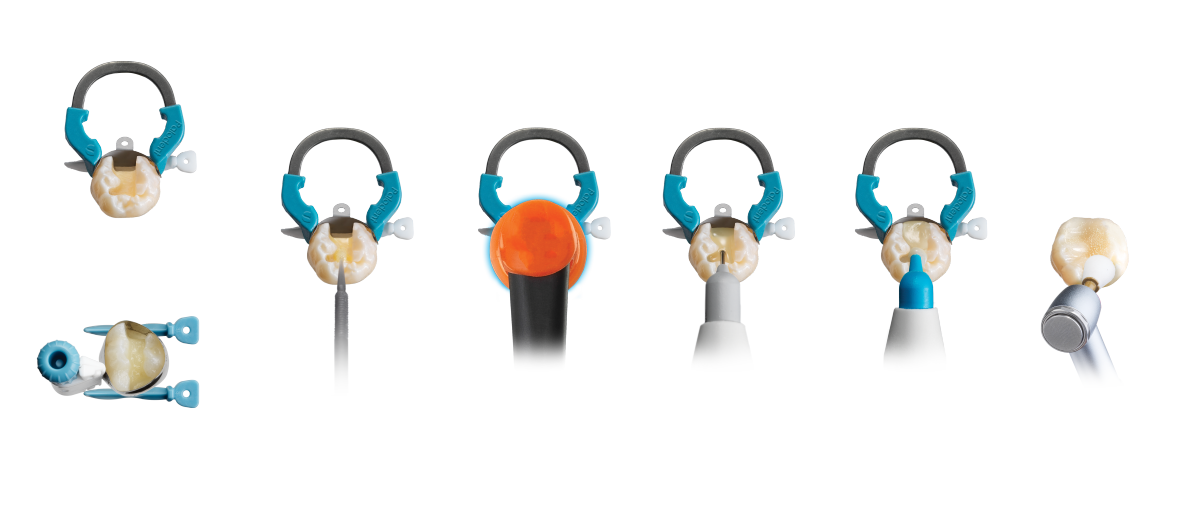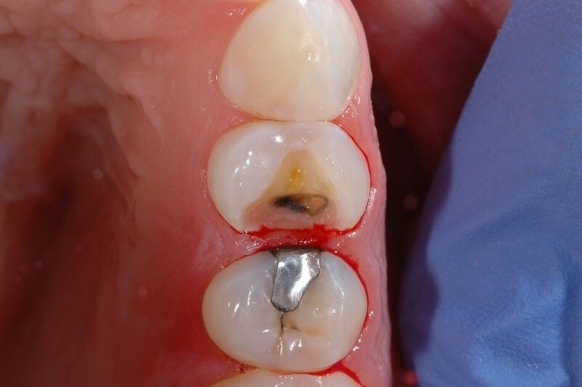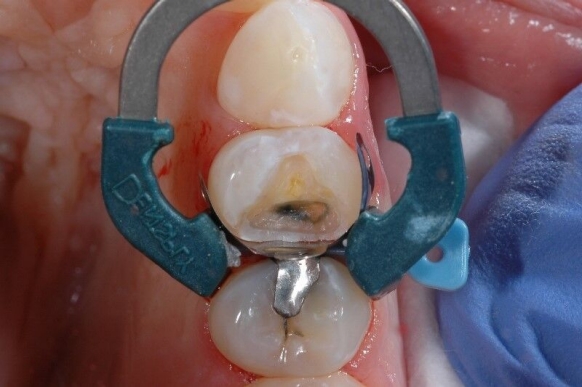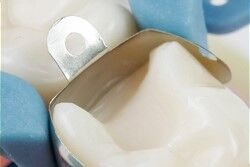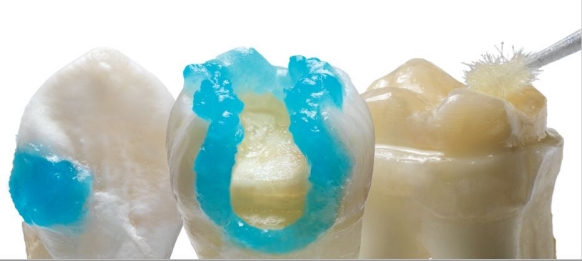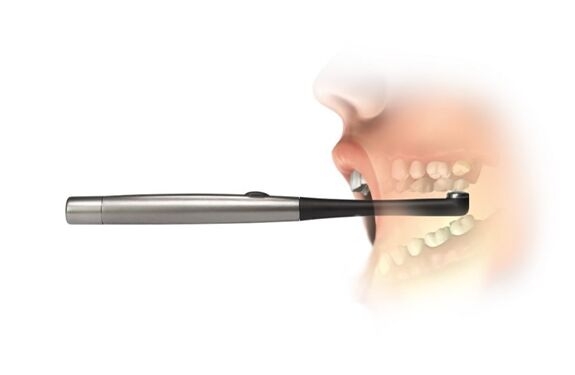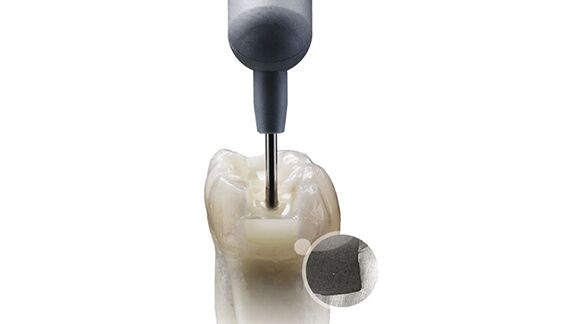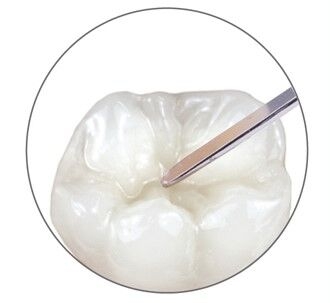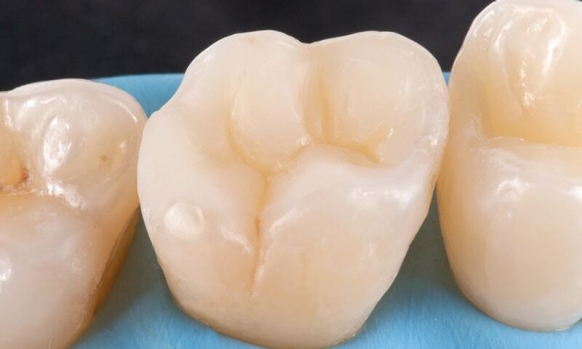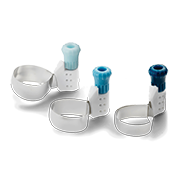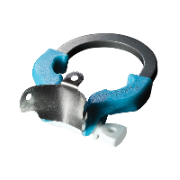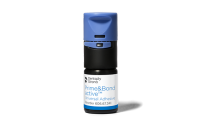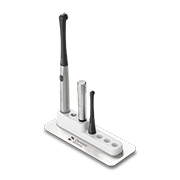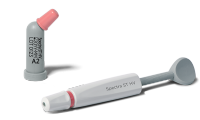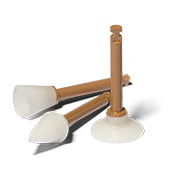While light curing may seem like the simplest part of a Class II restoration, it’s not as straightforward as you might think. Traditionally, clinicians have been led to believe that as long as the blue light is near the restoration for long enough, the restorative material will cure.
It’s not as simple as that, which is why more than 37% of composite restorations are being insufficiently light cured7. The amount of energy delivered by the curing light is what leads to a successful procedure. The more energy delivered to the Class II restoration, the stronger the material will be. An insufficient cure can lead to adverse effects on physical properties, reduced bond strengths, breakdown at the margins, increased potential for microleakage, and ultimately secondary caries and Class II restoration failure.8
To be sure you’re curing effectively, make sure to consider the following when using your light:
- Performance over distance: The #1 reason for Class II failure is recurrent caries, and the floor of the proximal box (often 8mm away from the tip of the light) is the most vulnerable interface. Be sure your curing light is effective over distance to avoid this.
- Beam uniformity: Hot and cold spots within the light beam may lead to a non-uniform cure across the restoration, which is why you want a uniform beam profile.
- Angle: Be careful with the angle of your curing light. The guide tip should be as close as possible and parallel to the occlusal surface of a Class II to have the best chance at allowing light to fill up the proximal box. Pen-style lights make it easier to maintain the proper curing angle when space is an issue – such as the back of mouth, and in geriatric and pediatric cases.
- Ergonomics and operation: A lightweight, ergonomic curing light design with simple controls may help reduce the opportunity for technique variability.
- Curing Cycle length: While you can’t overcure the composite itself, you CAN, in fact, deliver too much radiant energy to the tooth, causing an excessive increase in temperature which can cause sensitivity, and damage the pulp and oral tissues. The safest and most reliable approach is to deliver a lower intensity over a longer exposure time.
